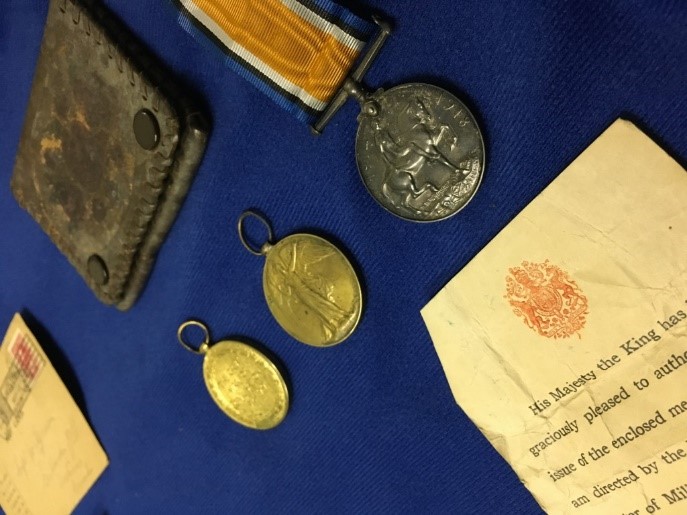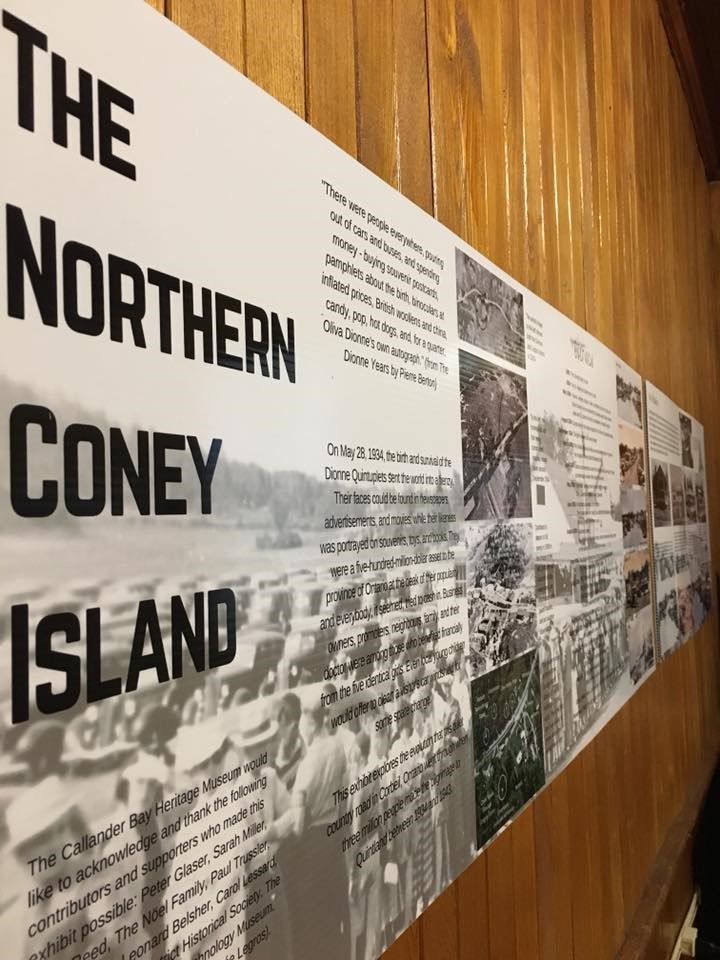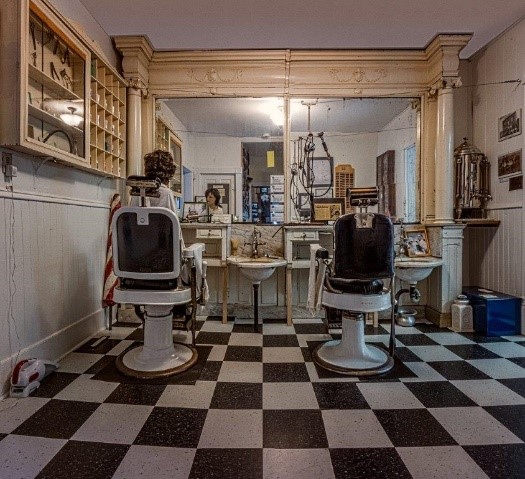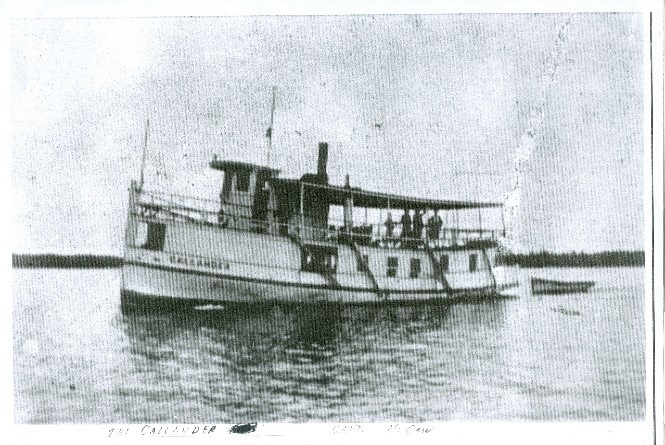

 |
Sunday November 11th, 2018 marked the 100th anniversary of the end of the First World War and the Callander Museum has created a temporary exhibit that explores the individual experiences of the 128 men and women from the Callander area who enlisted and served in some capacity. This exhibit explores the individual experiences of each of these brave men and women. The idea for this exhibit was inspired by a research project that local historian Donald Clysdale embarked on this past spring following some travelling to Europe where he visited many of the old World War One battle sites. His curiosity about Callander's involvement in the war sparked a research journey that resulted in the creation of two books that he generously put together as resources for the Legion and local museum and libraries. |
 |
Quintuplet Drive. Dionneville. The Quintuplet Village. Quintland. All these names described a stretch of road no longer than 300 meters that attracted over 3 million tourists in the 30s and 40s to come and watch five identical girls dance and play in an outdoor observatory. This “Coney Island of the North” rivalled Niagara Falls as the top tourist destination in Canada as thousands of people were counted waiting in line for the free shows that took place each day. Luckily for the area, an influx of tourists meant an opportunity for business and commercialization, and it did not take long for souvenir shops, information booths, public restrooms, and even a teepee to arrive, where guests could have their photo taken with a First Nations Chief. Over 20 buildings (some built from scratch, some moved to different locations, others gained additions) covered this landscape between 1934 and 1938, with the exception of the Big House in 1943. Outside of this area, other souvenir shops opened up in downtown Callander just 5 minutes away. This exhibit explores the timeline of these buildings, and the evolution of Quintland, from a regular country road to a bustling attraction, that compared to the likes of Radio City Music Hall, Mount Vernon, and Gettysburg. |
 |
Our turn-of-the-century barber shop is one of the most unique aspects to our museum. Complete with a working barber pole installed at the entrance, take a stroll through time and see the original chairs from the shop, a wall of mugs (used by the regulars at the time), old razors and more. It was first owned by Eugene Dufresne and then later his son, Alex Dufresne. Alex apprenticed many barbers who then went on to run their own shops in the area. The shop was also used as a Credit Union where loans were given on a handshake. The shop was originally located on the Main Street in Callander before making the move to the old Dafoe house in 1979 where it was retired from regular use. Along with many other artefacts also donated by Alex, it was set up as a permanent display in the new North Himsworth Museum (later changed to the Callander Bay Heritage Museum). |
 |
Originally the office and examination room of Dr. Dafoe, this room now explores the nautical history of Lake Nipissing. Because of the strong presence of the lumber industry in the area, shipping became very important and at one point there was approximately 54 working ships/tugboats on the lake. Our collection features models of the Chief Commanda I, Northern Belle, Woodchuck, Sea Gull I and Sea Gull II, artefacts such as compasses, barometers, spotlights and steam whistles, and many photos and paintings of the boats and their crew. In addition, our museum houses artefacts from the John Fraser shipwreck of 1893 - the worst shipping disaster in Lake Nipissing history. After remaining under water for 80 years, the North Bay Scuba Club discovered the wreck in 1972 retrieved many of the objects during an "underwater excavation". Most notable of these objects on display is the steam whistle, which is in surprisingly stable condition. Some of our Fraser collection is currently on loan to Discovery North Bay Museum, and we encourage you to visit their display to see the rest of the artefacts. |
Our upstairs exhibit contains a model created by Chippewa Secondary School students that depict logging in the winter and the summer, many tools and photos of the industry, and other models of the various machines (such as the watering tank, the rutter plow, the log jammer, and the skids) that were used in lumbering operations.
We also have sections depicting the firefighting and policing history of Callander, early families of our town, a medical dispensary, and a country kitchen. Stop by and check us out!